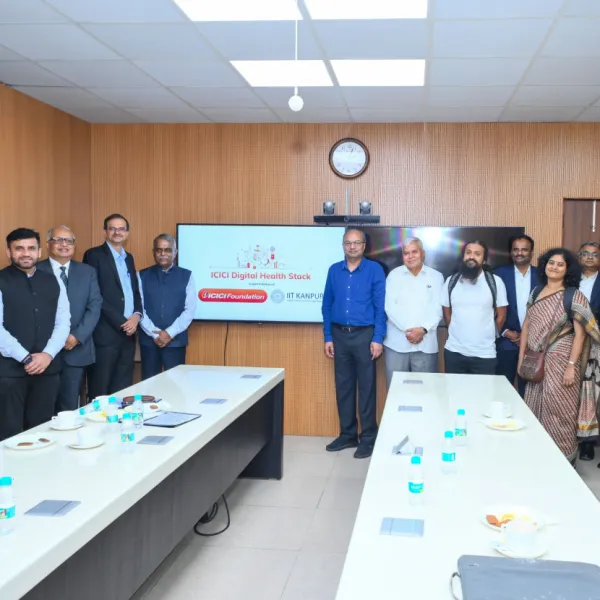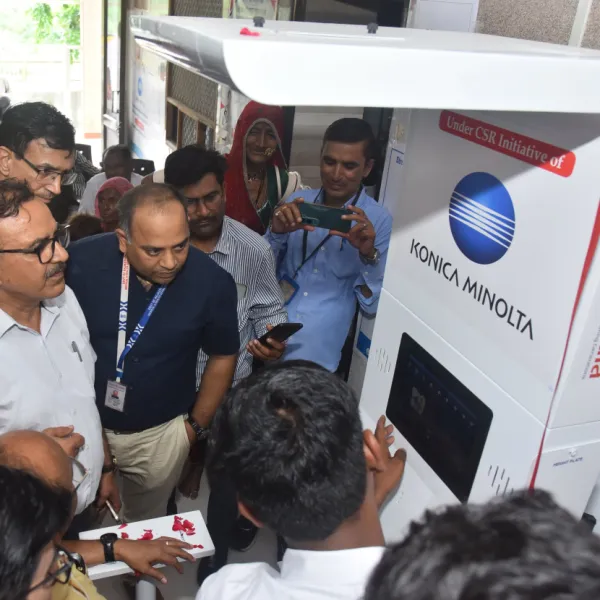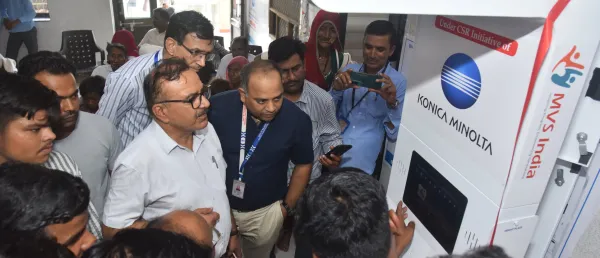Stanford Medicine Launches ChatEHR for Doctors to Interact with Patient Records Using AI

The AI Software is currently accessible only to only 33 physicians, nurses, physician’s assistants and nurse practitioners, who are actively monitoring its performance and enhancing its accuracy.
Stanford Medicine has unveiled ChatEHR, an AI model similar to large language model (LLM) models, such as GPT-4, to enable clinicians to navigate through patients' medical records and access the required information.
The model is designed to answer questions related to the patient’s medical history, automatically summarize the charts and perform other tasks based on an individual's health records.
Nigam Shah, MBBS, PhD, chief data science officer at Stanford Health Care, who led the team in developing this technology, said, “ChatEHR is secure; it’s pulling directly from relevant medical data; and it’s built into the electronic medical record system, making it easy and accurate for clinical use.”
Moreover, ChatEHR is not meant for medical advice, but serves as an information-gathering tool that can expedite the process and, ideally, save time. All decisions stay in healthcare experts’ hands.
ChatEHR has been in development since 2023 when a team of Stanford Medicine researchers led by Shah and others recognized the potential of large language models and were inspired to create something valuable for clinicians.
Commenting on the new AI model, Michael Pfeffer, MD, chief information and digital officer for Stanford Health Care and the School of Medicine, said, “This is a unique instance of integrating LLM capabilities directly into clinicians’ practice and workflow. We’re thrilled to bring this to the workforce at Stanford Health Care.”
Further, the team is developing “automation” to analyze patient records to support decision-making. These automations are based on the patient’s history and record helping the team to determine the appropriate process ahead.
One automation, for example, assesses if a patient qualifies for transfer to Sequoia Hospital for increased room availability. “That automated evaluation saves us the administrative burden of sifting through patient information and helps us quickly determine if a patient can be transferred, opening access to care here at Stanford Hospital,” Shah said.
Sneha Jain, MD, a clinical assistant professor of medicine and an early user of this technology said, “ChatEHR can help the physicians get the required information upfront so they can spend time on what matters — talking to patients and figuring out what’s going on.”
Shah and the team will continue to evaluate ChatEHR’s use cases using MedHELM, an open-source, flexible and cost-effective framework for real-world LLM evaluation in medicine.
Stay tuned for more such updates on Digital Health News.
Stay tuned for more such updates on Digital Health News





























